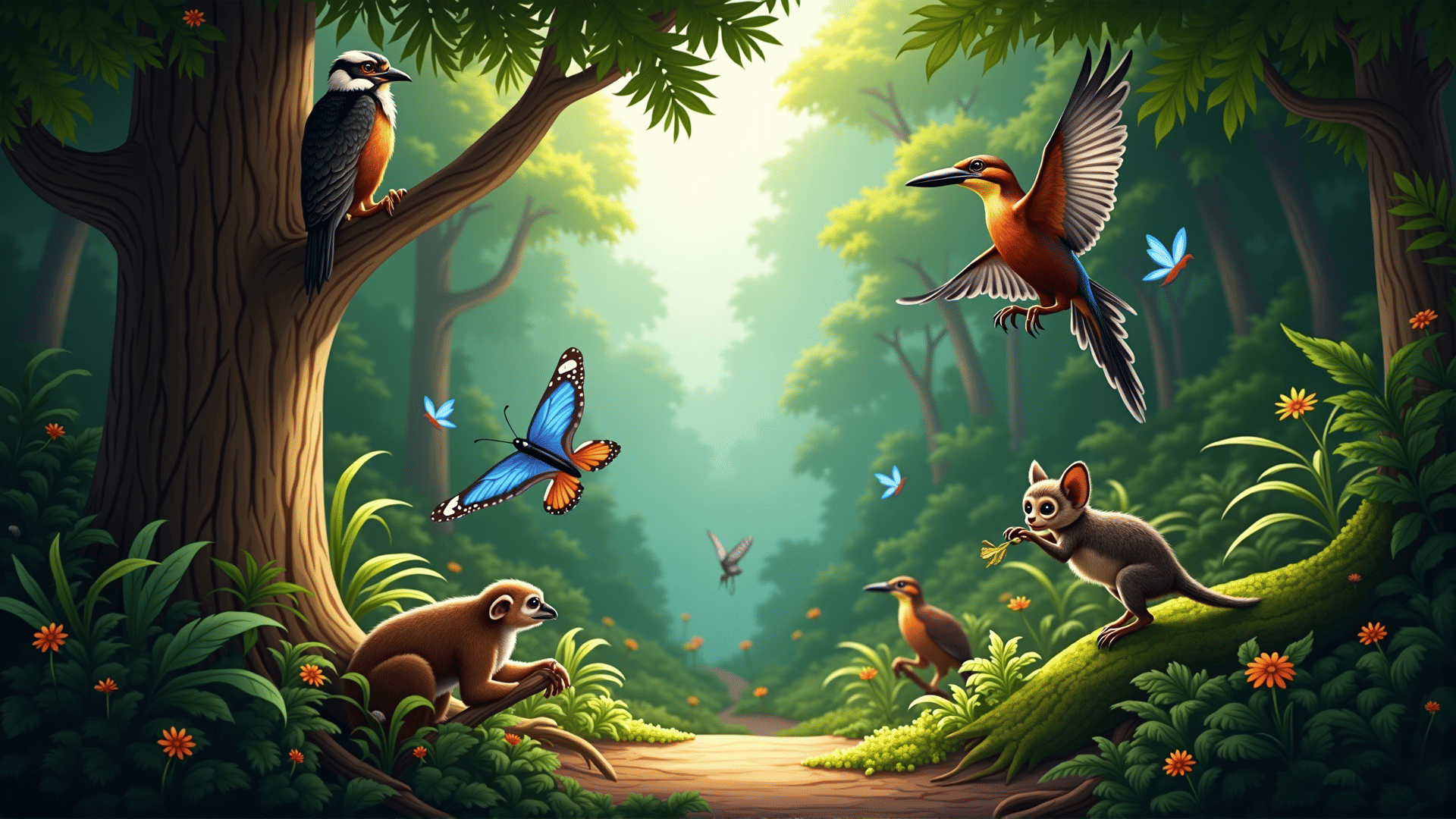In a world increasingly dominated by human expansion and technological advancement, the preservation of natural habitats has become more crucial than ever. As we witness the beauty and diversity of life on Earth, it becomes our shared responsibility to ensure that future generations can also enjoy the wonders of nature. Protecting natural habitats is not just about preserving landscapes; it is about safeguarding the intricate web of life that supports countless species, including our own.
Natural habitats are the cradle of biodiversity. From the dense rainforests and expansive savannas to the oceans teeming with life, each ecosystem plays a vital role in maintaining the balance of nature. These environments provide shelter, food, and breeding grounds for a myriad species, each uniquely adapted to their surroundings. However, habitat destruction and fragmentation pose significant threats, endangering the rich tapestry of life that is essential for ecological balance.
Preserving these habitats involves a multi-faceted approach. It includes legal protection measures that safeguard critical areas against destructive activities. Conservation initiatives often work hand-in-hand with local communities, emphasizing sustainable practices that allow both human and wildlife populations to thrive. By promoting awareness and education, communities are empowered to manage their natural resources responsibly, ensuring the long-term survival of the ecosystems they depend on.
Moreover, conservation efforts must address the pressing issue of climate change, which is altering habitats at an unprecedented rate. Rising temperatures, changing precipitation patterns, and increasing natural disasters displace countless species, forcing them to adapt or perish. Efforts to mitigate climate change impact, such as protecting carbon-rich forests and restoring degraded lands, are essential components of preserving biodiversity.
Innovative conservation strategies also highlight the importance of technology. Remote sensing, wildlife tracking, and data analytics provide crucial insights into tracking wildlife populations and monitoring ecosystem health. These tools enable conservationists to make informed decisions that can prevent species decline before it's too late.
Equally important is the empowerment of local and indigenous communities, who are often the most effective stewards of the land. By involving these groups in decision-making processes and respecting their traditional knowledge, conservation efforts become more inclusive and effective. Their ancestral wisdom and sustainable practices offer invaluable lessons in maintaining ecological harmony.
Every individual has a role to play in wildlife protection. Simple actions, like supporting conservation organizations, making mindful consumer choices, and advocating for stronger environmental policies, contribute to a global movement dedicated to preserving the natural world. Volunteer opportunities present a hands-on way to engage directly with conservation projects, providing firsthand experience in the important work of safeguarding habitats.
The protection of natural habitats and biodiversity is a cause that transcends borders and cultures. By joining conservation efforts, we form a united front in the fight to preserve our planet's remarkable diversity. In doing so, we not only protect wildlife and ecosystems but also ensure a healthier, more resilient world for generations to come. Together, we celebrate and nurture the extraordinary wealth of life on Earth, committing to a future where both nature and humanity thrive in harmony.
